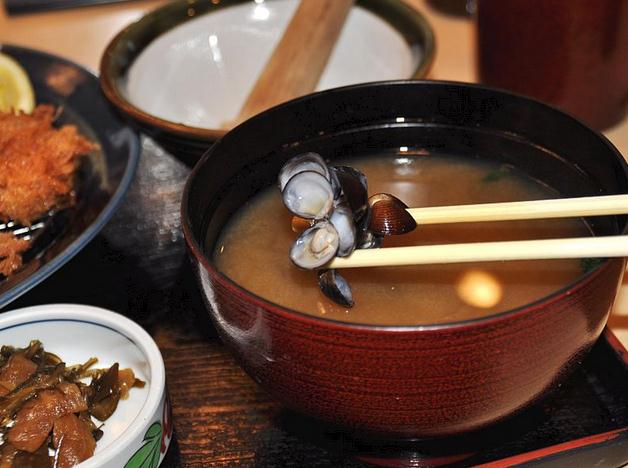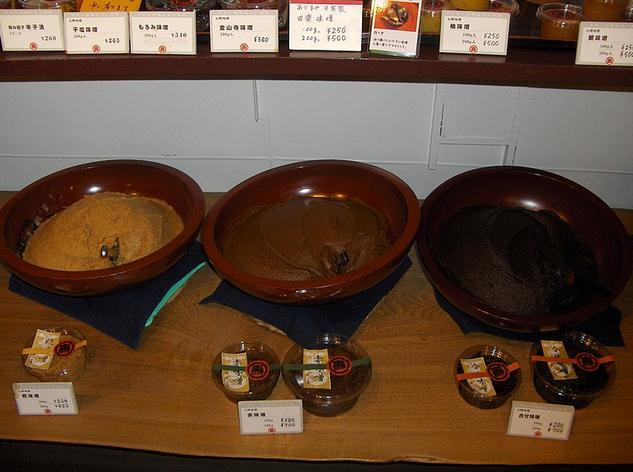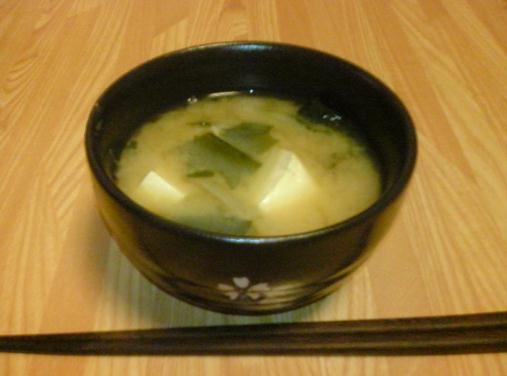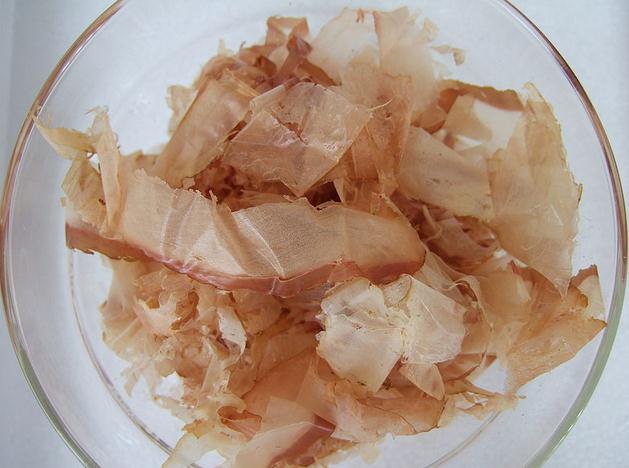Anyone who has visited a Japanese restaurant would have seen miso soup on the menu. This traditional Japanese dish has started to become more popular in the west. The increase in popularity has many people curious about this dish. So, you might also be wondering what exactly miso soup is? To answer this, we must first discuss everything about miso paste:
What is Miso Paste?
Miso paste is an essential ingredient needed for making miso soup. It is a very popular seasoning used in various Japanese cuisines that people enjoy around the globe. If you enjoy Japanese dishes, then it is likely that you have already tasted this paste.
Given below is everything about miso paste that you should know:
Origins of Miso Paste
It is believed that miso paste originated in China from where it was introduced in Japan about 1,300 years ago. It might have been used as a method of food preservation. Ever since its introduction, miso paste has been a staple ingredient in various Japanese dishes.
Today, miso paste is produced industrially in large quantities to fulfill the global demand.
How is Miso Paste Made?
The first step in making miso paste is combining grain with a mold known as Aspergillus Oryzae to create koji. Different types of grains can be used to make miso paste, such as soybeans, rye, millet, rice, barley, etc.
The koji is then combined with water, salt, and cooked soybeans. This mixture is allowed to ferment for a duration of time. Once fermented, the paste can be used for cooking.
Different Varieties of Miso Paste
There are many varieties of miso pastes that you can find on the market. All these types have their own unique qualities, and they can vary in terms of taste, texture, color, etc.
Although these differences resulting from variations in ingredients, fermentation time, and preparation method are minor, they can still be quite impactful. Generally, miso pastes are classified as red, white, or mixed. The longer the paste has been fermented, the darker its color is.
What Does Miso Tastes Like?
The taste of miso depends on the ingredients used to make it and how long it was fermented. Miso paste fermented for a short duration is called white. It has a light and sweet flavor.
On the other hand, red miso has been fermented for longer and thus has a strong and deep flavor. Miso paste can be salty, fruity, sweet, earthy, etc. Different varieties provide a different flavor depending on the ingredients used.
What is Miso Paste Used for?
There are many uses of miso paste in cooking. It can be used as a spread, marinade, glaze, or dip. Miso paste provides a unique flavor to ramen, gravy, nabe, and imoni, etc. It is also used in various Japanese dishes as a seasoning.
Despite this, most miso paste produced in Japan is used to make miso soups such as cabbage miso soup.
What is Miso Soup?
Miso soup is a Japanese dish made by combining dashi and miso. Additional ingredients such as tofu are added depending on personal preferences. This soup is consumed widely by locals and foreigners.
It is often served alongside rice dishes or sushi. You can find various types of miso soups in different parts of Japan. In western countries, variations such as cabbage miso soup have become quite popular.
Essential Ingredients of Miso Soup
The ingredients of miso soup can vary from region to region. But generally, there are three essential ingredients of this soup: dashi, miso, and other ingredients, depending on your personal choice.
The color and taste of the soup will be determined by the ingredients used to make it. Given below is a brief explanation of the key components of miso soup:
Dashi
If you are trying to make an authentic Japanese miso soup, you cannot opt for just any broth. You can only use dashi. It is a key component of miso soup.
Dashi is very easy to make and only takes a small amount of time to prepare. There are several different types of dashi that you can make. Each type provides a slightly different experience.
Iriko dashi, kombu dashi, awase dashi are some of the more popular types.
Miso
Miso paste is another crucial component of miso soup. It is a paste made of fermented soybeans, koji, and salt, with a texture similar to peanut butter. You can get this ingredient from most major stores.
Its taste, texture, and color can vary depending on the brand. You should only use one tablespoon of miso paste for a bowl of miso soup.
Other Ingredients
The final components needed for making miso soup are any additional ingredients that you want to add. You can add tofu, carrots, onions, cabbages, eggs, mushrooms, noodles, potatoes, etc.
Each ingredient will add a unique flavor to the dish, so you should carefully select what you want to add. Cabbage miso soup made by adding cabbage to the miso soup is a very delicious breakfast item.
How is Miso Soup Made?
First, a little warm water is added to the miso to make it less clumpy. This way, you can easily add it to the soup when needed. Next, the dashi is prepared with the preferred ingredients added to it.
Once the dashi is prepared, you can remove it from the heat and add the miso paste to it. Finally, you can add garnishing and extra salt if needed. The miso soup is now ready to be enjoyed.
It is advised to add root vegetables such as carrots, onions, radishes, potatoes, etc., to the dashi before it boils. This will allow these ingredients to get properly cooked. Once the dashi has started boiling, you can add ingredients that get cooked quickly, such as eggs, cabbages, noodles, mushrooms, etc.
Is Miso Soup Vegan?
You might also ask if miso soup is vegan. The simple answer is that it depends on the ingredients. The miso paste is generally considered vegan. But the same might not be accurate for miso soup. The dashi used to make miso soup may contain non-vegan ingredients.
Research the product before buying it. You can usually find alternative miso soup brands and types that don’t contain non-vegan ingredients. Better yet, you can make your own miso soup with the ingredients you prefer.
Alcohol in Miso Pastes
Miso pastes might contain alcohol in small quantities as an additive. It serves the purpose of preventing the product from re-fermenting. If the product re-ferments once it has been packed, then the packaging can swell or even burst.
You can find alcohol-free miso pastes by checking the ingredients and doing your research on the product.
How to Store Miso paste?
The proper way of storing miso paste is to keep it in a sealed container inside the refrigerator. Since it is a fermented product, it can stay good for as long as a year using this method. However, you should make sure not to keep white miso for too long.
Conclusion
Miso soup is a traditional Japanese dish that is, in a way, a part of the life of many people around the globe. It provides excellent nutritional value and an amazing taste. You can enjoy all the different types of miso soups and experience the unique flavors this dish has to offer.
As miso soup has become more popular in the west, more and more people are becoming curious about it. We hope that this article has helped you understand a bit more about this unique dish.





